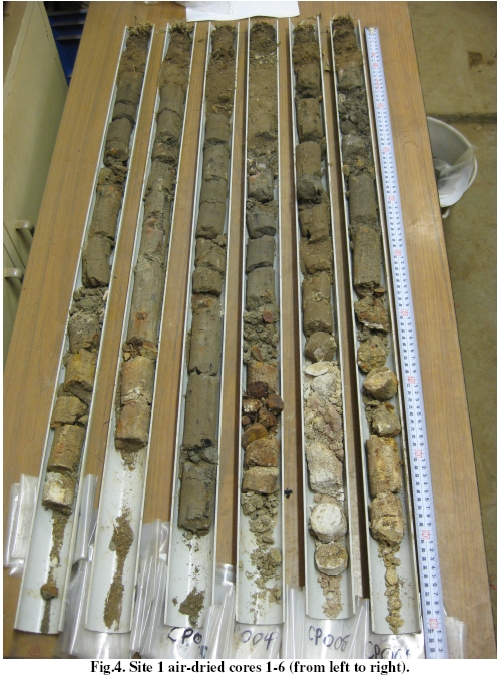In 2009, when we were researching the best way to get TENDING started, Ross went to the Soil Science people over on Main Campus at The University of Sydney.
‘Does anyone want to do an examination of the soil at Callan Park?’
A group of three students jumped at the project, for their final-year assessment.
We proposed a ‘pretend consultancy’, with Sydney College of the Arts as the ‘client’ and Sophie Gulliver, Adrian Carrillo Garcia and Joshua Godbee as the ‘consultant firm’. The client asked for a viability report and an account of the social and historical context for a ‘community approach to establishing gardens in SCA’s portion of Callan Park’.
The report that the students produced is to be read as an exercise in education and professional training, of course. We emphasise that it has no legal status. But it is thoughtful and thought-provoking and full of good information. Which is why we present it here.
Thanks and congratulations go to Sophie, Adrian and Josh for all their excellent work. Of course, they received splendid marks for this part of their final assessment. We hope they come and visit us at TENDING sometime soon…
You can download the full report here, it’s a 3mb PDF file.
A summary from their research is here:
Executive summary
The SOIL3010 unit from the University of Sydney undertook an investigation into the agronomic suitability of sites with the Sydney College of the Arts leasehold for the purpose of creating a community garden.
In order to establish the suitability of the soil for growing a range of plants as would be required in a community garden, physical soil samples were required. However, political and social pressures from the community meant that we were denied access to extract soil samples from any areas within Callan Park outside of the SCA lease.In light of this, three additional sites were included in the soil survey to gain a comprehensive understanding of the soil health status within the confines of the SCA grounds. Of the six sites surveyed, site 1 was the only site deemed agronomically acceptable for the establishment of a community garden using the existing soil. The five other sites displayed varying soil depths, nutrient deficiencies and other physical attributes that are
inhibitive to plant growth and development. Considering this, two recommendations have been proposed; the first involves a community garden at site 1 using the existing soil in conjunction with a soil remediation strategy to improve soil fertility and ensure plant productivity. The second recommendation involves the erection of raised garden beds at any of the sites which would negate the unsuitability of the existing soil.Raised garden beds would incur a greater cost of establishment however, it is a more culturally and socially sensitive alternative and would provide superior soil conditions for a sustainable and productive community garden.
In the report, among the many detailed fascinating observations and recommendations by Sophie, Adrian and Joshua, is this one, which I believe will very much appeal to Diego:
An additional low-cost and very effective method to improve plant growth and development is through compost teas. We recommend setting aside a garden bed and planting stinging nettles a month prior to planting the rest of the plants in the community garden. Stinging nettles growing vigorously in a range of soils and are very high in N, K and many other micronutrients. Once they grow to a reasonable height they can be harvested and placed in a bucket of water for approximately 10 days. This creates a compost tea which can then be strained, diluted and poured across the garden providing water and essential nutrients for plant growth (Woodrow 1997). This foliar fertiliser strategy can be continuously applied throughout the year to the entire garden and can be done at no cost.



see? told ya,
nought so good as weed.
let the environment speak and it’ll tell you what it needs.
🙂
gotta let Urtica know about this one
also, planting stinging nettle?
can you actually buy the seeds -or seedlings- for stinging nettle?
well, there’s this one from eden seeds, just called ‘nettle‘…
is that the same thing?
well, it looks like it, lets put in the list